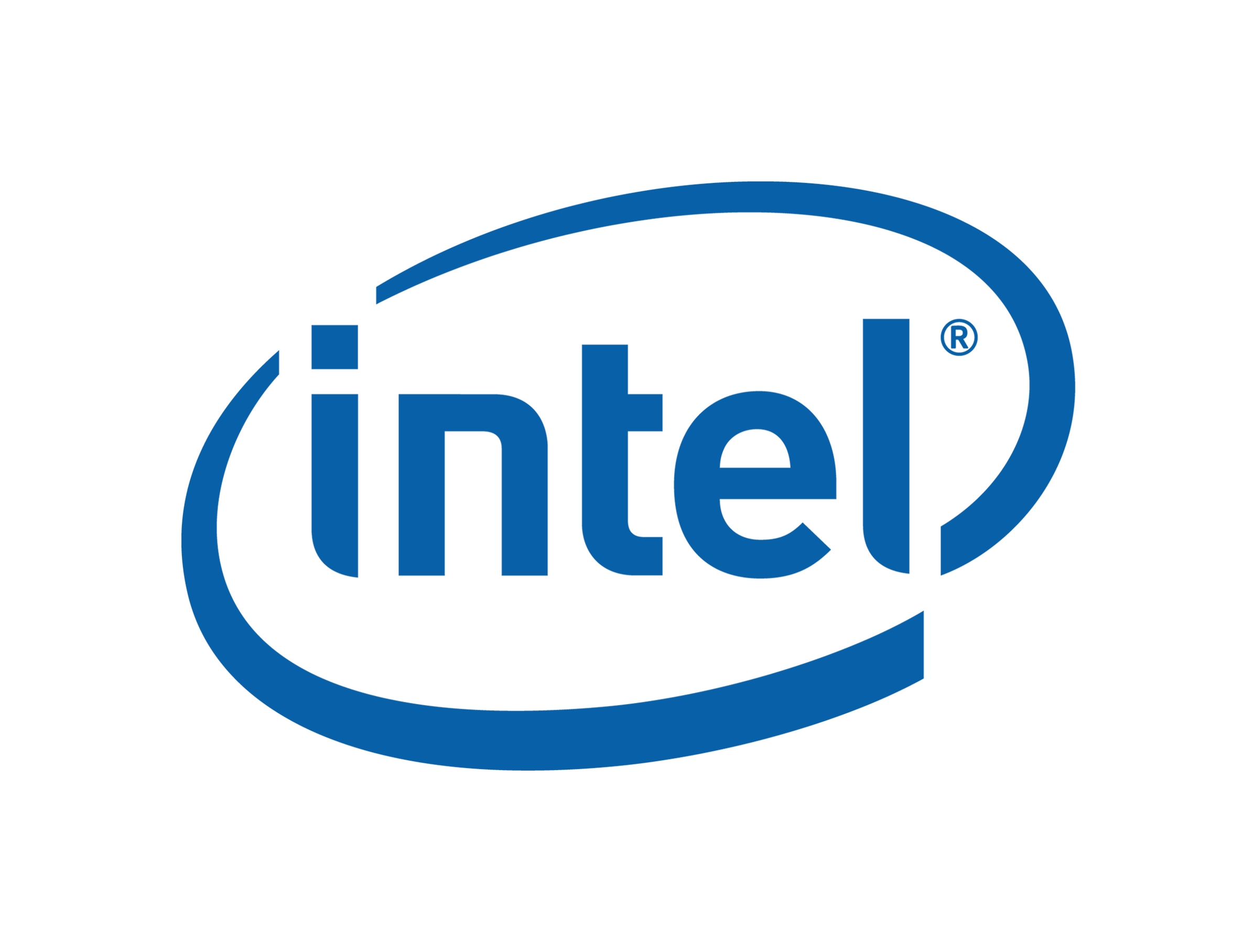Ever since the introduction of the first modern Central Processing Unit (CPU) we have been in a race to make them smaller, faster and more efficient. Many companies have popped up on the radar in the years between that day and now yet in the long fight for your computing needs two companies have really been in the forefront since the mid-1990s; Intel and AMD. These two have fought a battle of reduced manufacturing processes, component integration (the memory controller, GPU, Northbridge, etc.) and of course performance. The battle field has been predominantly for your desktop and in the datacenter until a few years ago when mobile computing became a major push for everyone. Sadly both Intel and AMD missed the initial boat for mobile and they allowed ARM to slip in and gobble up the market share. Both companies reacted quickly, but it can be hard to change the direction of a company like Intel. Much like the proverbial charging rhino once the direction is changed thing get moving very and can ramp up very quickly. Now 4 generations into Intel’s Core architecture we are seeing the outcome of that charge in Haswell. This new CPU series is an unexpected jack of all trades in the range of products that it is built to work in. We only have the desktop flavor to show you how Haswell performs, but we will also dive into just how wide a range Haswell will have in the market. Let’s get started.
CPUs
Fourth Generation Core i7 Review, Meet the Intel Core i7 4770k - Original Intro
- Details
- By Sean Kalinich
- Hits: 25290
 |
Editor’s Note – We delayed our release of the Haswell review due to some performance issues we saw with some of our tests. We reached out to Intel and all of the companies that provide our testing software to ensure that our numbers were accurate. We did find that at least Sisoft’s SANDRA suite needed to address the use of the AVX2 instructions in Haswell. We are also in the process of validating LightWave 11 for use in the lab (and other new tests). Additionally we removed the gaming tests from this review, due to problems encountered with the updated games we are using. We intended to publish our gaming tests at a later date. This should help show off Haswell and the new Z87 chipset in a better light than some of the current tests. So without further commentary lets dive into our Haswell review



